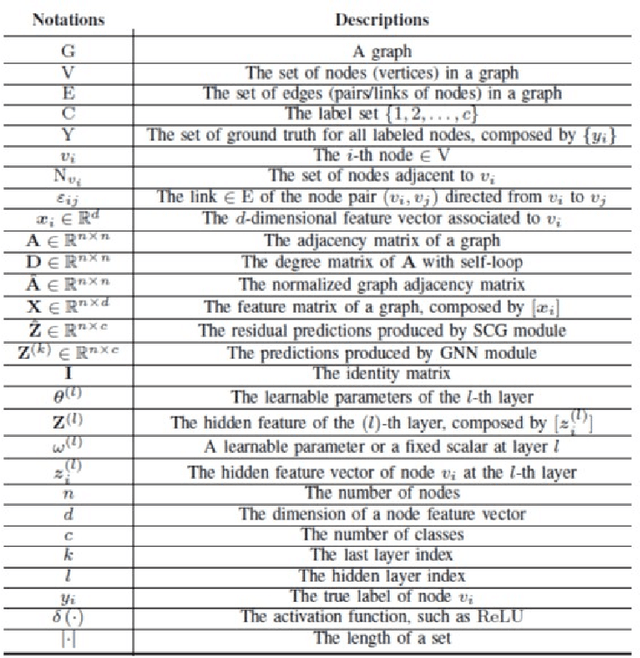Nishant Rajadhyaksha
Graph Contrastive Learning for Multi-omics Data
Jan 03, 2023Abstract:Advancements in technologies related to working with omics data require novel computation methods to fully leverage information and help develop a better understanding of human diseases. This paper studies the effects of introducing graph contrastive learning to help leverage graph structure and information to produce better representations for downstream classification tasks for multi-omics datasets. We present a learnining framework named Multi-Omics Graph Contrastive Learner(MOGCL) which outperforms several aproaches for integrating multi-omics data for supervised learning tasks. We show that pre-training graph models with a contrastive methodology along with fine-tuning it in a supervised manner is an efficient strategy for multi-omics data classification.
A Graphical Approach For Brain Haemorrhage Segmentation
Feb 14, 2022



Abstract:Haemorrhaging of the brain is the leading cause of death in people between the ages of 15 and 24 and the third leading cause of death in people older than that. Computed tomography (CT) is an imaging modality used to diagnose neurological emergencies, including stroke and traumatic brain injury. Recent advances in Deep Learning and Image Processing have utilised different modalities like CT scans to help automate the detection and segmentation of brain haemorrhage occurrences. In this paper, we propose a novel implementation of an architecture consisting of traditional Convolutional Neural Networks(CNN) along with Graph Neural Networks(GNN) to produce a holistic model for the task of brain haemorrhage segmentation.GNNs work on the principle of neighbourhood aggregation thus providing a reliable estimate of global structures present in images. GNNs work with few layers thus in turn requiring fewer parameters to work with. We were able to achieve a dice coefficient score of around 0.81 with limited data with our implementation.
TLA: Twitter Linguistic Analysis
Jul 20, 2021Abstract:Linguistics has been instrumental in developing a deeper understanding of human nature. Words are indispensable to bequeath the thoughts, emotions, and purpose of any human interaction, and critically analyzing these words can elucidate the social and psychological behavior and characteristics of these social animals. Social media has become a platform for human interaction on a large scale and thus gives us scope for collecting and using that data for our study. However, this entire process of collecting, labeling, and analyzing this data iteratively makes the entire procedure cumbersome. To make this entire process easier and structured, we would like to introduce TLA(Twitter Linguistic Analysis). In this paper, we describe TLA and provide a basic understanding of the framework and discuss the process of collecting, labeling, and analyzing data from Twitter for a corpus of languages while providing detailed labeled datasets for all the languages and the models are trained on these datasets. The analysis provided by TLA will also go a long way in understanding the sentiments of different linguistic communities and come up with new and innovative solutions for their problems based on the analysis.
 Add to Chrome
Add to Chrome Add to Firefox
Add to Firefox Add to Edge
Add to Edge